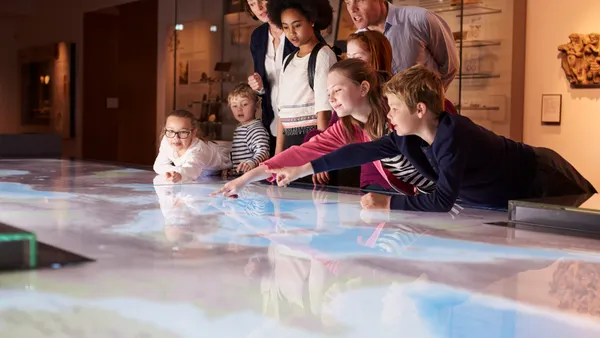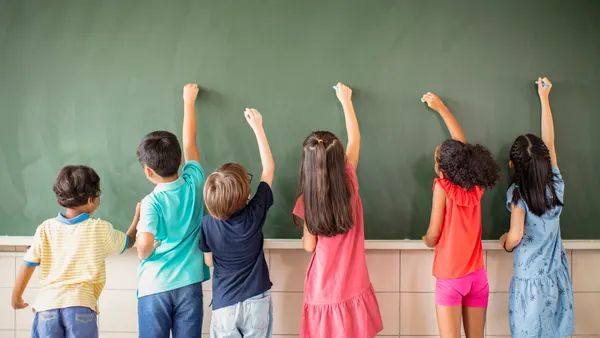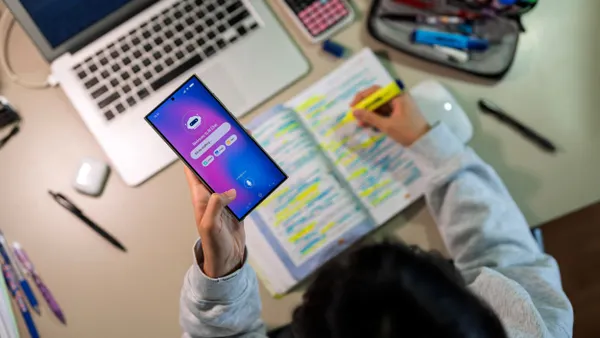Dive Brief:
-
As schools deal with the long-term effects trauma has on students, administrators are seeking ways to give students a safe environment in which to grow, learn and make their own decisions, Michael Gaskell, principal of Hammarskjold Middle School in East Brunswick, New Jersey, writes for eSchool News.
-
Gaskell's school, for instance, employs three strategies to help students cope with tragic events and succeed: exercise, staff mentors and older student mentors.
-
Exercise helps students maintain good mental health and promotes focus, he writes, while mentorship programs lower the number of missed school days, increase the rate of college enrollment, decrease the likelihood that students turn to drug and alcohol use, and increase participation in extra-curricular activities.
Dive Insight:
Trauma has lasting effects that continue to devastate communities decades after the initial tragedy ends. By making social-emotional learning part of a school’s ongoing curriculum, students are exposed to resources and self-help skills before they need them.
The need for support after a tragedy is substantial. In the last couple of months, two Parkland school shooting survivors committed suicide. One, Sydney Aiello, had experienced survivor’s guilt and post-traumatic stress syndrome after the attack. In May, 37-year-old Austin Eubanks, a 1999 Columbine High School shooting survivor, died of an apparent drug overdose. Eubanks had been open about his opioid addiction after he was shot in the hand and knee during the attack. His best friend died beside him.
For many low-income communities, these supports can also assist students in dealing with traumas stemming from poverty-related factors. If schools wait until after an adverse event to create a social-emotionally supportive culture, however, it may already be too late.
Programs like Second Step foster social-emotional learning that takes place on a regular basis. The curriculum focuses on kindness, bullying prevention and tools that help students deal with problems they are facing both at school and at home. Not only could this training be helpful when students do face a tragic situation, but teaching students how to prevent bullying and to be kind and inclusive may even prevent a school shooting from happening in the first place.










